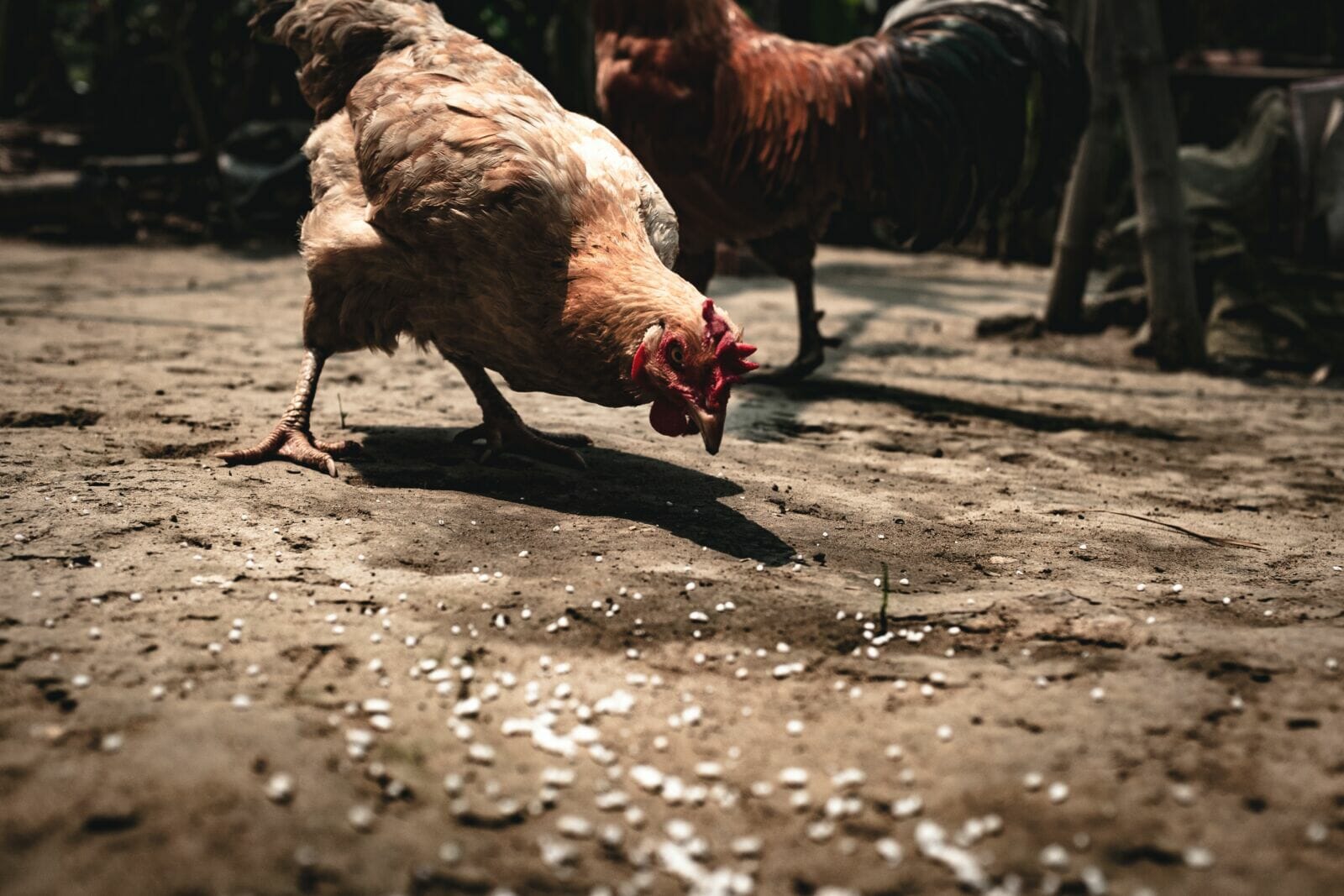As times have changed, activists began discussing the importance of good nutrition for animals to ensure they live healthy and happy lives. This includes better food options for both pets and farm animals. In the case of the former, the importance of good nourishment is easily understandable, as most people consider their pets to be part of the family, meaning that they’ll want to treat them with the utmost care. However, the latter also deserve the best care available for them. Moreover, guaranteeing the health and well-being of farm animals means protecting consumers’ health as well.
So, with all this in mind, let’s examine some of the trends that are changing the industry, as well as how analysts expect it to grow in the future.
Wet vs. Dry
Focusing on health when it comes to the food you feed your pets has long stopped being a trend and turned into an actual necessity. When pets enjoy balanced meals, their weight is controlled, and their immune system remains strong, allowing them to enjoy good health even as they age. While eating well won’t protect your pet from all possible health complaints, it is still a very good place to start working towards a healthier routine for them.
Depending on the type of pet food processing method used, you have the option to feed your fuzzy friend either wet or dry foods. The manufacturing process ensures that both options deliver consistent quality and that both the taste and texture are appropriate. The question of which is more suitable for pets has long been debated. The truth is that both options have their own particular benefits. Wet foods help promote better hydration, making them ideal for animals with a history of urinary tract complaints.
The food is also frequently more flavourful, making it instantly more popular among cats and dogs, making it more palatable for those dealing with appetite troubles. For pets with weight management troubles, putting a strain on their bones and joints and affecting their organs, wet food can provide a longer-lasting feeling of satiety. And, of course, it is easier to chew.
However, dry food is better at preventing tartar by encouraging cats and dogs to chew their food thoroughly. It is also easier to approximate the correct portion sizes, and the food doesn’t go bad quite so fast. It is also more cost-effective for the pet parents and better equipped for the demands of pets that exhibit grazing behaviour.
Basic nutrients
The basic rule of the animal feed industry dictates that animals must get the essential nutrients necessary to assist general good health, including growth and reproduction. Companies are increasingly focused on well-balanced nutrition that can meet all animals’ needs and health requirements. Most businesses have been looking for ways to make production faster and more efficient without compromising on quality.
Carbohydrates, protein and minerals are the most important, as is an adequate water intake. Most of the energy required for activity comes from fats and carbs. However, farmers must be careful not to exceed the dietary requirements of the animals in their care in order to avoid health problems. Protein is also an important energy provider that shouldn’t miss from any animal’s meal plan.
It is essential for juveniles, as it helps muscles and body parts develop satisfactorily. However, animals of all ages require it for daily maintenance. Organs and tissues need it for daily repair to promote long-term health. In the animal feed industry, high-quality protein is typically derived from soybean or fish meal, eggs, and milk. Cereals such as maize, sorghum and barley are also used sometimes, despite their poorer quality, particularly in blends aiming to restore amino acid balance. Due to their four stomachs, ruminants can naturally create high-quality protein through naturally-occurring bacteria. However, the very young require it extensively in their diets up until the development of the rumen.
Both simple carbs and fats have high nutritional values because they are easily digested. Complex carbohydrates, however, are only fit to be digested by a few animals, including ruminants, horses and rabbits. Linoleic fatty acids are also essential and usually plentiful in animal feed unless removed during manufacturing. Vitamins and minerals are also consequential. Calcium and phosphorus are used to create milk and eggshells, as well as maintain strong bones. Iron deficiency can occur in suckling pigs that only consume milk, requiring iron injections.
Vitamin D promotes calcium absorption, helping avoid rickets, while vitamin A supplementation is necessary to create resistance against respiratory infections. All livestock that doesn’t have access to pasture grass or green forages must receive supplements.
Out with the old, in with the new
As science progressed and technological developments became more commonplace, people became more attentive to what animals consume. As such, many pet owners and farmers became aware of improper diet patterns and possibly damaging practices. For example, in the case of livestock, antibiotics have become a topic of concern over recent years. Including medicine in the daily food of farm animals is believed to be one of the significant contributors to antibiotic resistance in the general public. There’s a growing concern for this phenomenon, which results in dangerous pathogens being able to proliferate and cause life-threatening complications.
Nonetheless, subtherapeutic, low doses have been shown to be beneficial for the development of young animals such as piglets, with some studies showing that they improve growth efficiency by up to 15%. There are also many foods that are healthy for pets and can be used to create a diversified diet. Green beans, yoghurt, eggs, cottage cheese, apple, pumpkins and oatmeal are just a few of the ones that can be included in a dog’s diet. Melon, berries and spinach can be added to a meal plan for cats. Just make sure they’re served plain, free from any sugar or additional ingredients. And never use them to supplement the right amount of protein all dogs and cats need.
Feeding all animals a healthy diet is crucial for their well-being. Without the right food choices, they’re more susceptible to a plethora of issues.




